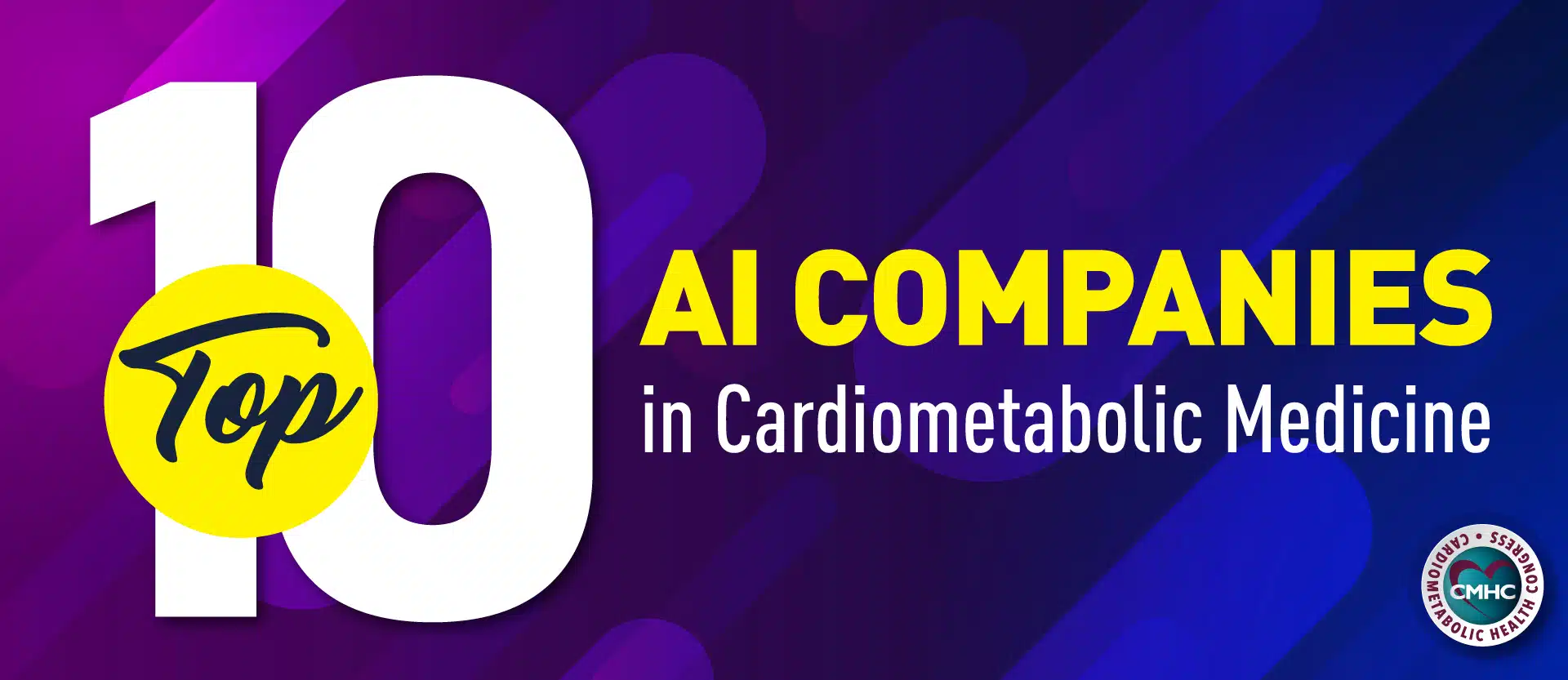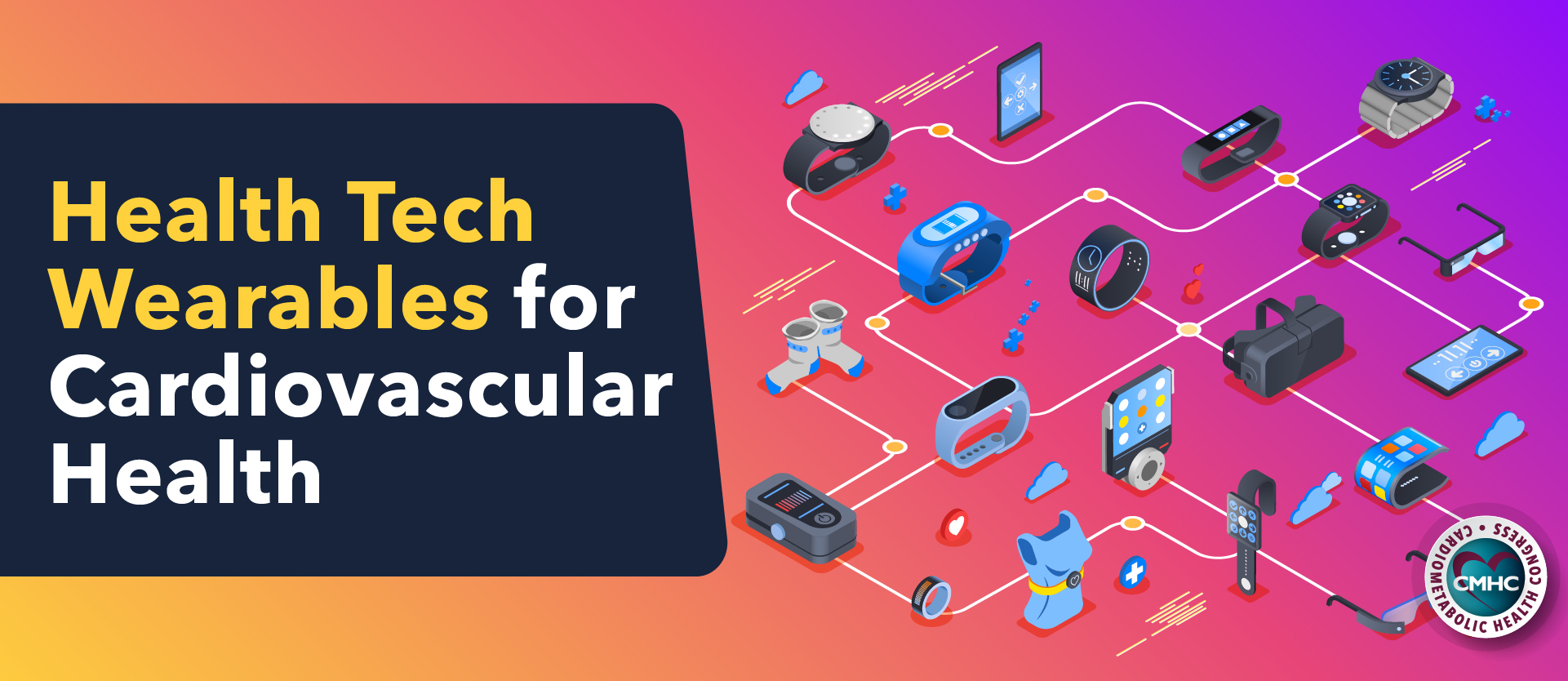By looking at the human eye, Google’s algorithms were able to predict whether someone had high blood pressure or was at risk of a heart attack or stroke, Google researchers said last week, opening a new opportunity for artificial intelligence in the vast and lucrative global health industry.
The algorithms didn’t outperform existing medical approaches such as blood tests, according to a study of the finding published in the journal Nature Biomedical Engineering. The work needs to be validated and repeated on more people before it gains broader acceptance, several outside physicians said.
But the new approach could build on doctors’ current abilities by providing a tool that people could one day use to quickly and easily screen themselves for health risks that can contribute to heart disease, the leading cause of death worldwide.
“This may be a rapid way for people to screen for risk,” Harlan Krumholz, a cardiologist at Yale University who was not involved in the study, wrote in an email. “Diagnosis is about to get turbo-charged by technology. And one avenue is to empower people with rapid ways to get useful information about their health.”
Google researchers fed images scanned from the retinas of more than 280,000 patients across the United States and United Kingdom into its intricate pattern-recognizing algorithms, known as neural networks. Those scans helped train the networks on which telltale signs tended to indicate long-term health dangers.
Medical professionals today can look for similar signs by using a device to inspect the retina, drawing the patient’s blood or assessing risk factors such as their age, gender, weight and whether they smoke. But no one taught the algorithms what to look for: Instead, the systems taught themselves, by reviewing enough data to learn the patterns often found in the eyes of people at risk.
The true power of this kind of technological solution is that it could flag risk with a fast, cheap and noninvasive test that could be administered in a range of settings, letting people know if they should come in for follow-up.
The research, one of an increasing number of conceptual health-technology studies, was conducted by Google and Verily Life Sciences, a subsidiary of Google’s parent Alphabet.
Similar deep-learning technologies have exploded in the past five years and are widely used today in systems such as Google’s image search and Facebook’s facial recognition. They are also showing promise in other arenas of health, including by looking for signs of cancer in the X-ray scans reviewed by radiologists.
The Google researchers used similar machine-learning methods in 2016 to look for diabetic retinopathy, an eye disease that is a major cause of blindness. This time, they also used a machine-learning technique, known as “soft attention,” to help pinpoint which parts of the image were most instrumental in driving the algorithms’ prediction. One vulnerability of many neural networks today is that it’s often unclear how or why they reached that conclusion — a “black box” problem that could undermine doctors’ or patients’ trust in the results.
The idea that the hallmarks of disease could be detected through computational analysis has been alluring to engineers. DeepMind, the London-based AI-development firm bought by Google in 2014 that often operates autonomously, is researching similar algorithms that could help detect signs of glaucoma and other eye diseases.

















